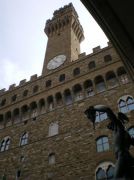 Italians are often thought to wear their hearts on their sleeves, now an enterprising headhunter wants them to wear resumes emblazoned on their chests.
Italians are often thought to wear their hearts on their sleeves, now an enterprising headhunter wants them to wear resumes emblazoned on their chests.
Massimo Rosa, who has two decades of experience in the hr biz, invented the “Curriculum T-shirt.” And patented the idea, he’s so sure of its marketability, said to already have fans outside Italy.
I’m not sure I buy it, partially because of the Borat-worthy claim on the English homepage ( “The only T-shirt to the world that it makes to find job you!”), where two vaguely Germanic models wear shirts with job titles on them. Cost ranges from €30-40 euro ($42-$57) via the online shop.
One of the great things about Italians is that if they’re not broadcasting an affinity for Roberto Cavalli or Guru, their clothes are textless triumphs. The subliminal message is: “Look at me!” “Admire me!”
They are not an invitation to read, and never to chuckle, “I’m with stupid” or “If you’re rich, I’m single.” (Another reason to admire Italians: they don’t go in for bumper stickers.)
I’ve mentioned it before, it’s easy to think of Italy as a pleasure country, but if you go by the constitution it is “founded on work,” and labor problems are almost always front and center here.
A few recent examples: at the end of the newscast on the radio every day the announcer reminds me that journalists have not managed to renew the national contract for almost two years, the finance minister railed against “big baby” bonus to get 30-somethings out of the nest and work-related deaths continue to loom large.
I have a hard time, though, imagining where the unemployed Italian might sport the T-shirt: the Sunday passeggiata, stroll through town? Nah. That means broadcasting to absolutely everyone that your family has at least one desperate element.
Having an aperitif with friends? Even an Italian would have a hard time flirting in an iron-on tee that says you need a job.
At the park? Clearly you’re a loafer and not much of a job hunter. A conference? Too casual. (I can, however, imagine buying armfuls for American friends: the mish-mash of Italian and English — “area manager mercati asiatici” — has a certain playful appeal. )
So, wear a T-shirt, get a job? If the devil wears Prada, only a poor slob would wear his CV.
 Truck drivers demanding government subsidies to meet rising fuel costs mean closed gas stations and empty shelves in pharmacies and grocery stores across Italy.
Truck drivers demanding government subsidies to meet rising fuel costs mean closed gas stations and empty shelves in pharmacies and grocery stores across Italy. 

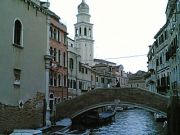
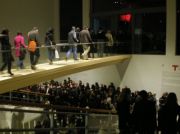
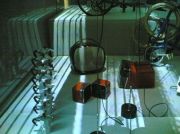
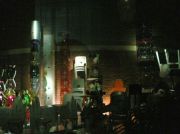
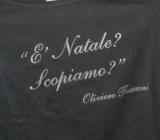 Shock fotog Oliviero Toscani’s latest exploit is a limited edition T-shirt for the holidays that says “It’s Christmas? Shall we F***?” in Italian (E’ Natale? Scopiamo?) with his name under it.
Shock fotog Oliviero Toscani’s latest exploit is a limited edition T-shirt for the holidays that says “It’s Christmas? Shall we F***?” in Italian (E’ Natale? Scopiamo?) with his name under it. 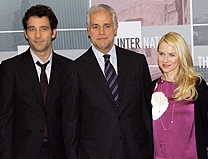 Most Milan residents don’t blink when standing next to a 10-foot, 20-pound model at the supermarket and they’re pretty used to dodging sidewalk photo shoots as if they were trash.
Most Milan residents don’t blink when standing next to a 10-foot, 20-pound model at the supermarket and they’re pretty used to dodging sidewalk photo shoots as if they were trash.
 SESTO FIORENTINO, Italy — Professor Stefano Mancuso knows it isn’t easy being green: He runs the world’s only laboratory dedicated to plant intelligence.
SESTO FIORENTINO, Italy — Professor Stefano Mancuso knows it isn’t easy being green: He runs the world’s only laboratory dedicated to plant intelligence.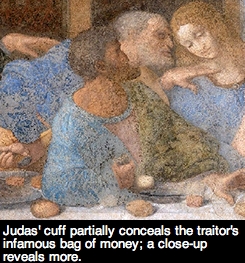 A 16-billion-pixel image of Leonardo da Vinci’s The Last Supper — said to be the world’s highest-resolution photo — went online Saturday, making the masterpiece available for scrutiny by art lovers everywhere.
A 16-billion-pixel image of Leonardo da Vinci’s The Last Supper — said to be the world’s highest-resolution photo — went online Saturday, making the masterpiece available for scrutiny by art lovers everywhere.